1. Noemí Puig González:
Hello, Ana Belén. I would like to know how often per week you treat patients in cognitive rehabilitation, in the presented clinical cases.
Hello, Noemí, the cases I have presented we usually work on in an interdisciplinary way; generally, most patients tend to have 2 sessions of 45 min (physiotherapy and OT), 2 sessions of 45 min of speech therapy and 2 sessions of 30 min of neuropsychology. The weekly cadence of the sessions and the schedules are usually organized according to the needs of each case, but ideally they attend between 2-3 days a week and have 2 sessions per day. We must also take into account the therapies they receive at other centers, for example, early intervention, school, hospitals, etc.
For example, the neuropsychology sessions we plan to be shorter in duration with the aim of greater repetition throughout the week together with physiotherapy/OT or speech therapy sessions.
2. Lydia Amate Amaro:
Hello, I’m Lydia, a psychologist and a student of Clinical Neuropsychology. I am currently doing my internship at a center specialized in cerebral palsy in children, ASD, among others. Talking with my tutor, who also works in early intervention, she told me she doesn’t know if it’s coincidental or studied, but most, if not all, of the children with hemiparesis she has treated tend to be cognitively inflexible. Therefore, my question would be whether you know of studies about this or have found it in your clinical practice.
Hello Lydia, cognitive rigidity is a very common symptom in pathology related to white matter damage, precisely because of the difficulty in managing simultaneous information and even more so when faced with novelty, so neurocognitive profiles of cognitive rigidity are very common to observe in patients with pediatric brain injury, even in milder cases. It is one of the symptoms and signs most associated with behavioral difficulties. I wouldn’t say it occurs only in cases with hemiparesis but rather is generally associated with brain damage. For example, of the cases I presented, numbers 1, 2 and 3, which have evolved very favorably, cognitive rigidity is still one of the main objectives we work on with them and the etiology of each case is very different from the others.
3. Loli González Espejo:
Good morning, my name is Loli González and I am a teacher at a special education school in Madrid. I wanted to thank Ana Belén for the talk, which I found very interesting, practical and very respectful of the children and their families — a thousand thanks indeed. I would like to know if you have online training to complement this talk where I could access, enjoy and learn more about it.
Hello Loli, thank you for your words and I’m glad to have teachers among the audience. I really don’t dedicate myself to training beyond some talks I’m invited to or some specific master’s classes; regarding teaching I prefer to teach in the field and teach from experience and daily clinical practice.
4. Sandra Blay Villalba:
I wanted to ask whether, in your opinion, there are tests or Number Lines that can be used reliably to quantitatively observe the evolution of treatment in children with Brain Injury. Thank you very much!
Good morning Sandra, in the pediatric population we only have developmental Number Lines, which in my view contribute very little to perform a real quantitative evolutionary follow-up. They can serve as support, but all types of tests have the major drawback of having to interact with a very broad motor and verbal component, failing to adapt to the patient’s motor capacities and the compensations they use to communicate voluntarily, so in the end they provide very little. I recommend making observations and assessments within the same therapy sessions and gradually building each patient’s profile. In some particular cases you can add certain tests or Number Lines, but it will always depend on the case and your objective. For example, the Battelle does have adaptations for children with motor impairment. I usually use these types of tools in cases where it is necessary to set a pre-study and a post-study, as is often the case in neurosurgical patients.
5. Eva Mª Cubero:
First I wanted to congratulate Ana on the presentation, it was wonderful!!! Which book do you recommend on brain neurodevelopment? I know you mentioned one, but I didn’t catch the title. Also, do you know/does there exist any book of clinical cases? Thanks again.
Thank you, Eva. The book I recommended to learn more about general neurodevelopment is by María José Más (The Adventure of Your Brain); it is a very didactic book with clear language to understand such complex processes that occur during neurodevelopment and, above all, it strongly highlights the importance of interaction with the environment.
6. Sara Rivas Campoamor:
In case 2, which was a hemiplegia, did you use constraint therapy on the healthy side in the treatment?
Hello Sara, the professionals at the early intervention center actually carried out that therapy a few months ago with this patient. From our center, despite working a lot within sessions with the affected upper limb, we have not specifically used that method, and during the period in which that intervention was carried out we changed our objectives so as not to interfere with his goals.
7. Nuria Pecino Macias:
I would like you to recommend bibliography that you consider interesting to learn more about neurodevelopment, as well as pediatric brain injury. It was a very interesting talk.
Thank you Nuria. As a general book on neurodevelopment I recommend the one I mentioned in the talk (The Adventure of Your Brain, by María José Más, also her blog) and at a more specific level on brain injury I don’t have any that I really like or consider particularly useful. I think it is a population that has been very little studied and therefore published; the things I find are very basic, always repeating the same ideas. I believe a lot of real clinical experience from professionals is needed to be able to address it in books or articles.
8. Miriam Cabrera:
Good afternoon, I am Miriam Cabrera, a speech therapist at an Early Intervention center. I watched Ana Belén Vintimilla’s presentation on neurodevelopment in Brain Injury this morning and I wanted to ask a question. I have some children who do not have a diagnosis beyond “developmental delay” and there is nothing in their medical history that makes us think there is any neurological problem (in the neurologist’s check-ups they have not performed any tests). However, we observe certain behaviors from all disciplines that make us think there must be some alteration. I present the case of a 5-and-a-half-year-old boy who:
- Shows great difficulty when repeating a sequence of two syllables (without having difficulties in auditory discrimination tasks).
- Has difficulty planning an activity such as imitating a block construction or simply performing a two-step activity.
- Needs activities broken down into small steps to understand what to do.
- Can make the same mistake over and over in a task without knowing how to correct himself, not even when you tell him where the error is.
Do you know if it is possible to perform neurological tests that can show us what is failing when performing certain activities? I think what I mean is a functional Magnetic Resonance, but it is not a test they normally do… The child is progressing notably, but we are very intrigued by everything we observe and we wonder what might be causing it. I don’t know if you could tell me if there is any way to find out what might be altered. I hope I have explained myself well. Greetings and thanks in advance!
Good morning Miriam, I believe your observations are important to be taken into account by the referring physicians, since you are the ones with the child day to day and can better relate those symptoms to something that is not right, beyond immaturity. These cases are very common in early intervention centers; many of the cases we receive have no studies or clear diagnoses and when we assess them we know there is something else that may explain these difficulties and their evolution.
If there are no perinatal brain injury risk factors in the clinical history (hypoxia, hemorrhage, immaturity or malnutrition) — that information is usually in the discharge reports at birth — the main thing would be to rule out more genetic-type pathologies. There are many genetic syndromes that are generally associated with altered development of the frontal lobe and usually present symptomatology like what you describe. Despite the child’s evolution, an important difficulty in learning processes, comprehension, verbal structuring, fluency, etc. is always observed.
What is recommended is to produce a report detailing the clinical signs you observe for their referring physicians so they can better guide complementary tests and diagnoses.
A functional MRI in children is very rarely performed, and it would not be so useful to do it either. A complete neuropsychological study plus the contributions of all the professionals at the early intervention center is the best complementary test in neurodevelopment 😉. The important thing is that their referring physicians read your reports and can make the best medical decisions to guide the etiological diagnosis.
9. Jessica Melgar Cabezas:
I would like to know what objectives are priority, or the order of objectives when a child arrives — what is most important? Where do we start? Thanks
Hello Jessica, this is a very broad question to provide information that is more useful to you, since each case is unique and we set our objectives in relation to the specific case. But as I said in my talk, if they are children under 3 years old, focus heavily on sensory objectives. One must work a lot on perception and on parietal integration objectives, which are the basis for the later acquisition of more complex concepts, and also significantly contribute to the evolution of motor alterations. Remember that at the start of development it is fundamental to process sensory information from all modalities (visual, auditory, somatosensory); the first areas to develop are occipital and parietal, and in older children the main thing is to assess how the development of those areas is and if we observe alterations we start from there.
We must avoid learning solely by repetition.
I give an example:
When we work on animals, if we do it only from vocabulary using the same cards, the only thing we will achieve is that the child recognizes that drawing with that concept, but they will not be able to transfer that learning. For a concept to be fully acquired the whole concept must be worked on.
Cow: shape, colors, sound, what it does, what it is used for, recognize it in a group or by parts, in real photos, in drawings, in black and white, in color, in its natural environment, etc. etc. (parietal association areas) and then introduce the concept into more complex tasks.
If you want to watch the presentation on demand it is available exclusively on NeuronUP.
“This article has been translated. Link to the original article in Spanish:”
Ana Belén Vintimilla responde a las dudas sobre su ponencia de neurodesarrollo en daño cerebral pediátrico
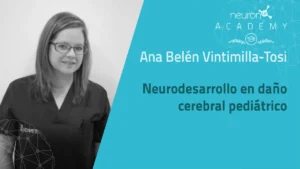

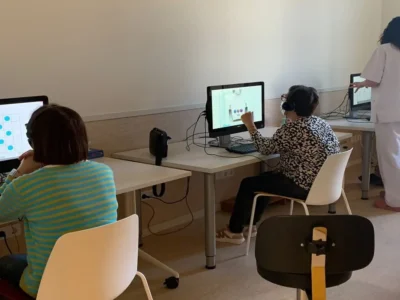
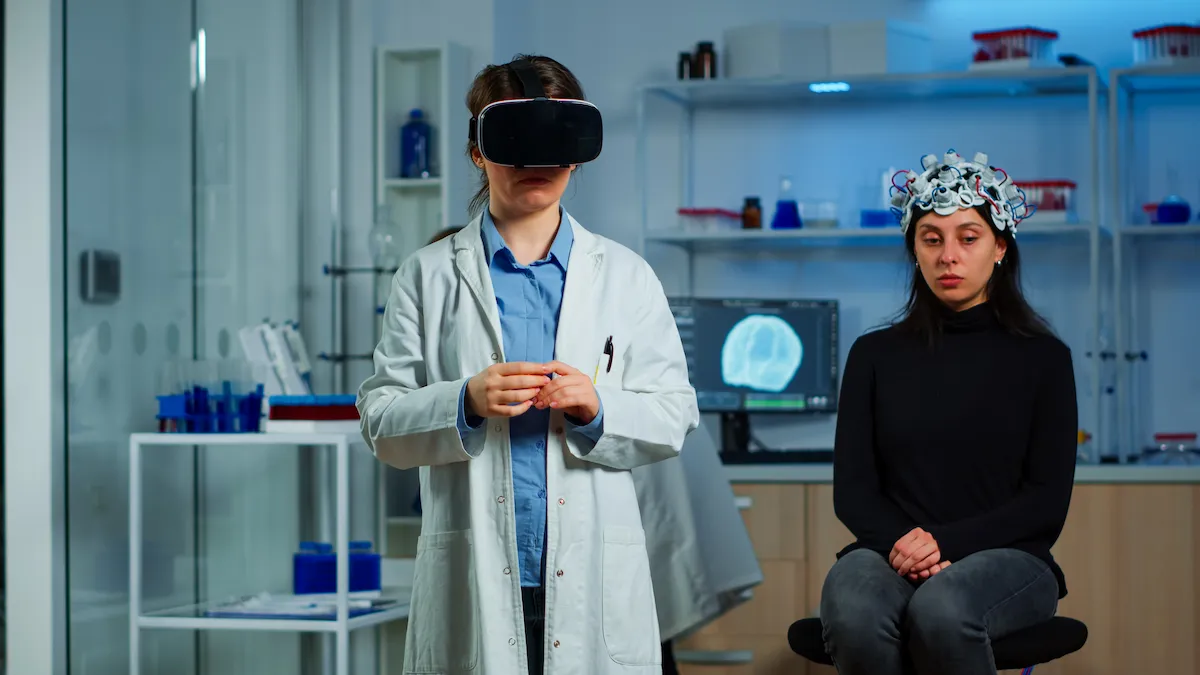
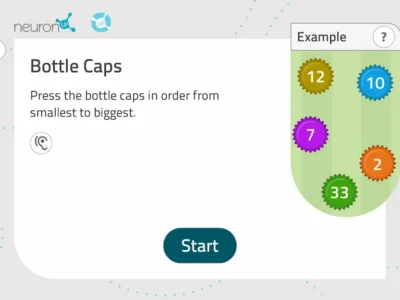
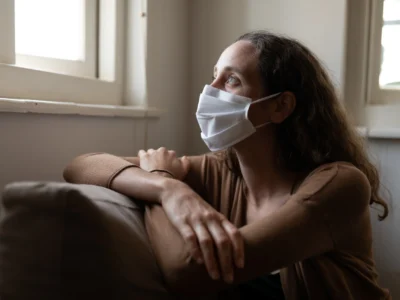
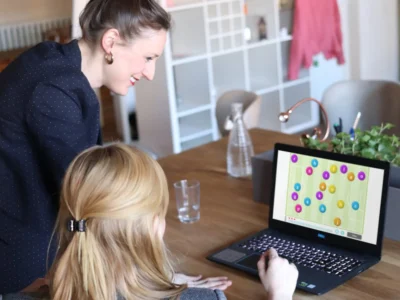
 Psychiatric disorders in acquired brain injury
Psychiatric disorders in acquired brain injury
Leave a Reply